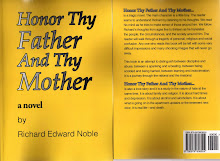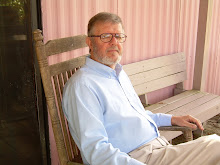 Coeur d’Alene, 1892
Coeur d’Alene, 1892By Richard E. Noble
A new machine drill was introduced to the mine workers in the town of Coeur d’Alene, in the Idaho panhandle in 1892. The drill was an advance in technology. One new machine drill could do the work of five individual drill operators. Consequently 80% of the skilled drill operators were reduced, overnight, to “shovelmen”, with the appropriate reduction in pay. To add insult to injury the mine owners Cyrus McCormick of reaper fame, William Crocker, and John Hays Hammond decided to cut overall wages, instead of raising them. After all a new machine that could do the work of five skilled men must have saved the mine owners a good deal of money in wages. In any case, all the workers had their wages cut from fifty cents to one dollar per day. The day’s pay for a skilled worker before the pay cut was $3.50 per day for a ten hour day.
The workers walked off the job.
The mine owners got together and formed the Mine Owners Protective Association. The Mine Owners Protective Association decided to close down every mine in the area until the workers came to their senses. In the mean time, the mine owners hired armed guards and brought in crews of strikebreakers. The original mine workers were not happy with this tactic even though it was supported by a federal court order.
To demonstrate their disapproval of such a tactic some of the once employed workers packed a hundred pounds of company dynamite in a water conduit. The bomb wrecked one of the mine’s abandoned buildings, but no one was hurt or injured. Nevertheless, the scuffles that erupted after the explosion resulted in the death of two men and six others wounded. Owner John Hammond, an avowed union buster, called his friend the governor and told him of the work of this, “gang of Irish, Austrian-Italian Anarchists”.
The governor immediately declared Coeur d’Alene to be under martial law and sent the entire state Militia to the area. The strikers still would not conform and resisted. The governor then called President Benjamin Harrison. The President called the War Dept. and sent General Carlin with about fifteen hundred federal troops.
The General forced the miners to surrender. He confiscated their arms. He erected “bullpens”, barbed wire encampments, and arrested everybody in sight. He arrested hundreds of miners. He arrested city officials who were sympathetic to the striking workers. He even arrested local businessmen and merchants whom he felt were supportive of the rebelling miners. He also brought back all of the strikebreakers and put the mine owners back in operation.
Union leaders and strike organizers were singled out from the bullpens and placed in the Ada county jail in Bosie. One of the men in the Ada county jail was a man by the name of Ed Boyce. He and others being contained in the Ada jail that day, swore to one another that one day they would form an organization large enough and powerful enough to fight back on an equal basis.
In 1893, in Butte Montana, Ed Boyce, Charles Moyer and one eyed “Big Bill” Haywood formed the Western Federation of Miners which would eventually evolve into the infamous I.W.W. (Wobblees) . . . the Industrial Workers of the World. The I.W.W. was the most radical and confrontational of any union organization in American history.
*Works used in this essay include: “Roughneck, The Life and Times of Big Bill Haywood, by Peter Carlson; “The Rise of Industrial America” by Page Smith; A History of American Labor”, by Joseph G. Rayback.






































No comments:
Post a Comment